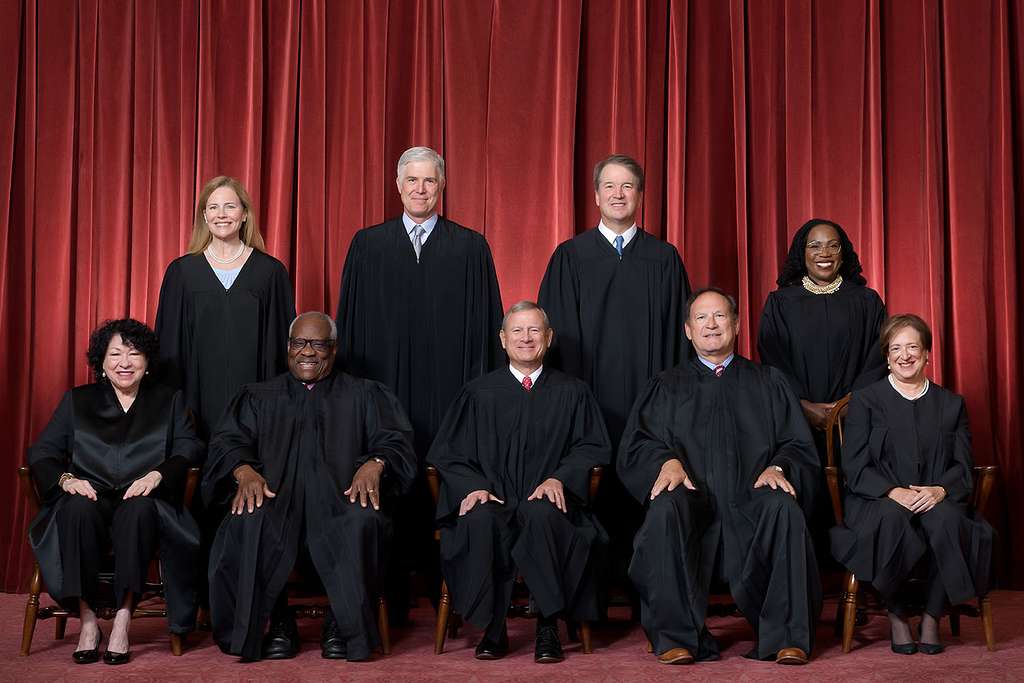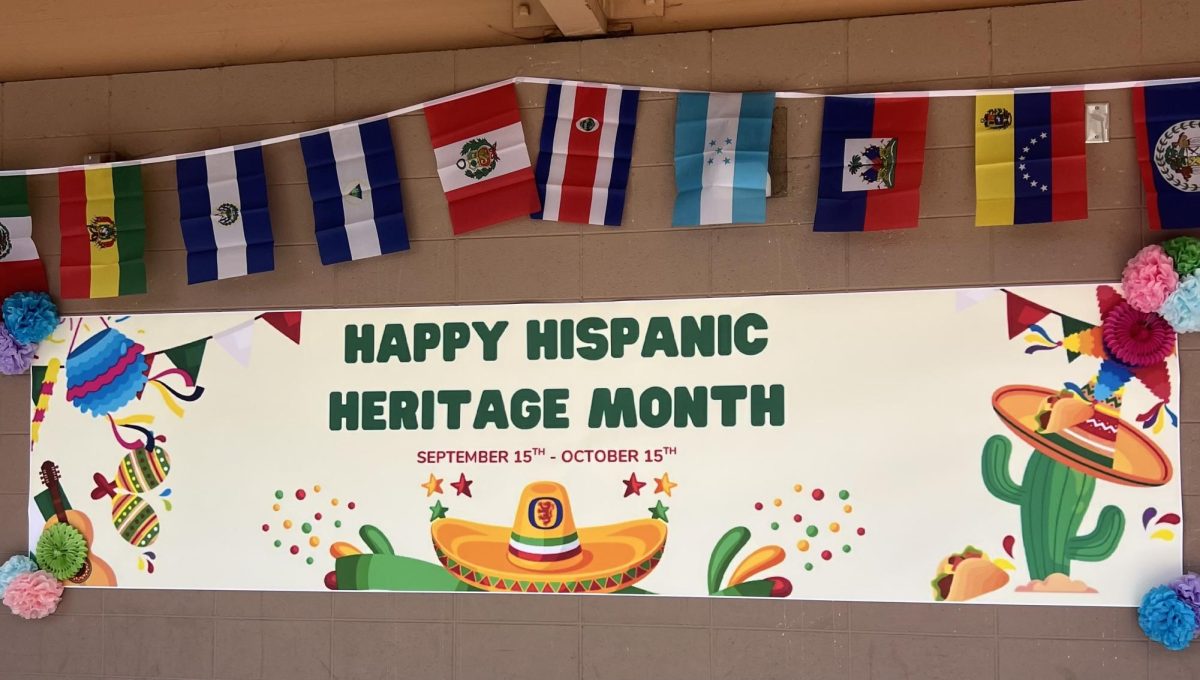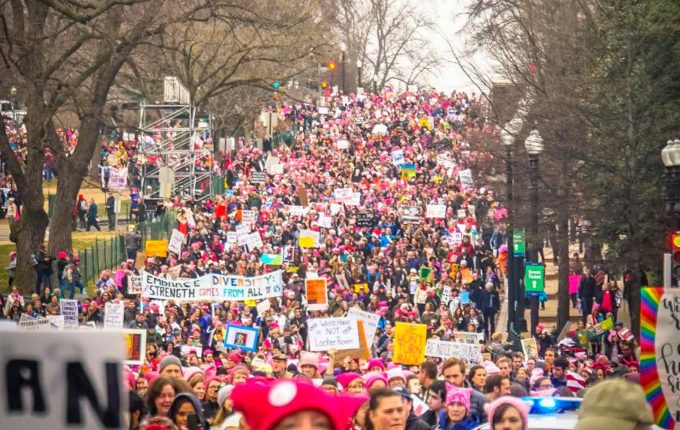The History and Importance of Equal Pay Day
As we celebrate Women’s History Month this March, and honor all of the contributions women have made to our country and world, it is also important to recognize issues that are presently affecting women. While some may believe that the oppression of women is a concern of the past, left behind with the women’s suffrage movement or women’s liberation movement, there are still plenty of issues that contribute to the marginalization of women in our country today. One of these issues is the gender wage gap, recognized this March on Equal Pay Day.
Equal Pay Day, which falls on March 14th this year, was created by the National Committee on Pay Equity in 1996 to spread awareness about the gender wage gap. This day represents how far into the new year the average woman must work to earn what the average man earned in the previous year alone. This means that the average woman earns as much money from January 2022 to March 2023 as a man does from January 2022 to December 2022. This disparity is a consequence of the gender wage gap– a term used to define the salary difference between the average man and the average woman. It is estimated that this wage gap costs the average woman around $10,000 per year, a disparity that is even larger for women of color.
The History Behind the Gender Wage Gap
While the current existence of the gender wage gap is concerning, there have certainly been significant improvements in working conditions for American women in the past century. When white women first became a larger part of the workforce in the United States in the mid-19th century, they were paid roughly half as much as men working the same job were. Women working in factories were also subjected to harsh working conditions, including harassment at the hands of their male supervisors and coworkers. Black women were even more disadvantaged, usually working very low paying domestic and agricultural jobs.
Women would advocate for equal pay throughout the 19th and 20th centuries, but it made little impact until World War I broke out. Since the majority of the men in the U.S. left to fight in the war, thousands of jobs were left open in their absence. These positions were filled by women, and the same happened during World War II. In 1918, during World War I, the National War Labor Board ruled that women working to fill men’s jobs should be paid equally. This ruling applied to both world wars, but once the wars ended and large numbers of men returned to the workforce, this ruling became widely ineffective.
In 1963, a large step towards pay equality was taken when the United States government passed the Equal Pay Act, which required that men and women in the same workplace be given equal pay. At this time, women made approximately 59 cents for each dollar men made.
Despite the Equal Pay Act, and more recent legislation such as the Lilly Ledbetter Fair Pay Act of 2009, the gender wage gap is still existent, and sits at 82 cents earned for every dollar a man makes today.
The Role of Race
Race also plays a factor in how large the disparity is. According to Forbes, in 2023, black and Native American women earn 60% of what the average white man makes, and latinas earn even less, at 55%. Acknowledging the difference in how white women and women of color are paid is very important when discussing and addressing the wage gap.
“Being a woman of color myself, opportunities are not handed to me,” said San Marcos Women’s Club President Karla Flores. “I’ve talked to a lot of people at school, who say that they didn’t even know that there were honors or AP classes available to them until their junior year, because no one told them about those classes their freshmen year. This ties into work because if you don’t know your opportunities or seek out your opportunities, they are not going to be handed to you, especially for women of color.”
The fight for equal pay has been, and will continue to be, a very long one. At its current rate, it is estimated that it will take well over 100 years for the gender wage gap to close entirely. As daunting as the path to equal pay may seem, steps as small as acknowledging Equal Pay Day can help the cause. Only when more awareness is spread can we begin to work towards a future where women are fairly compensated for the vast contributions they make to our world.
Your donation will support the student journalists of San Marcos High School. Your contribution will allow us to purchase equipment and cover our annual website hosting costs.

Noelle is an 12th grader at San Marcos High School. This is her fourth year on The King’s Page and she is now the Editor in Chief. Journalism is currently...























